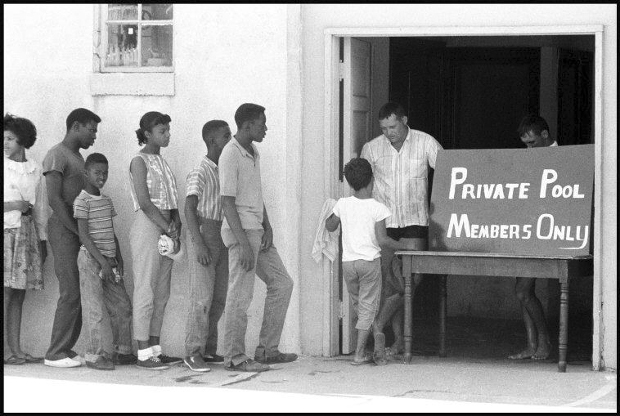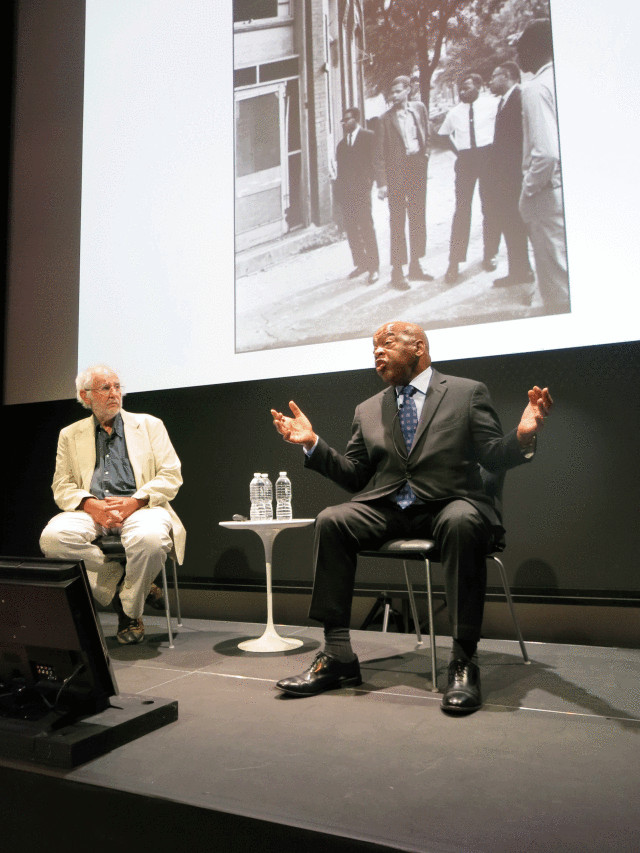
The time Danny Lyon nearly killed John Lewis
It was developing fluid, not a baton strike, that nearly brought an early end to the US civil-rights pioneer
In the summer of 1962 Danny Lyon, then a 20-year-old photographer, hitchhiked from his home in New York roughly 1000 miles south-west across the US to Cairo, Illinois. Lyon travelled to this town on Illinois’s southerly most tip to try his hand at photographing a group of civil-rights protestors demonstrating against Cairo’s racial segregation.
On arrival, Lyon was surprised by both the lack of media coverage, and the degree of violence directed at the protestors. “There was no press, no film cameras, no police, and no reporters,” the photographer later recalled. “At Cairo's only, and segregated, swimming pool, the group stopped to pray. Then they stood in the street singing, and when a blue pickup truck drove down the centre of the street straight at them. A game of chicken ensued as the truck slowed and the demonstrators moved out of the way, except for one defiant thirteen-year-old girl, who stood her ground until the truck knocked her down.”
In Cairo Lyon met John Lewis, then a prominent member of the Student Nonviolent Coordinating Committee, and now, for past 19 years, a Democratic Congressman. The pair became friends. It was Lewis who encouraged Lyon to continue photographing the civil-rights movement, and, over half a century later, Lewis took the opportunity to discuss Lyon’s work in front of audience at the Whitney Museum of American Art in New York.

The event forms part of Lyon’s on-going retrospective at the Whitney, Danny Lyon: Message to the Future, which places emphasis on the historical, didactic side to Danny’s picture making.
“You made a major contribution the civil-rights movement,” Lewis told Lyon. “You made it plain, you made it real. These photographs have been shared with people all around the world, and they’ve been moved and inspired to do something.”
That’s quite a compliment from the man who, as one of the Big Six, helped organise the 1963 March on Washington. Lewis and Lyon shared their memories of Muhammad Ali, their thoughts on Bernie Sanders, and their feelings following the death of fellow civil-rights activist Julian Bond.
Yet Lewis was not without criticism. Recalling the time when the politician and the photographer roomed together, Lewis remembered how Lyon had turned their bathroom into a darkroom to develop his film and pictures. “I was so afraid that one night I would go into brush my teeth and I would pick up the wrong fluid,” said Congressman Lewis.
Thankfully, that’s one photographic legacy that neither Lewis nor Lyon have bequeathed to future generations. You can watch the full talk above and for greater insight into Lyons’ varied and important body of work order his book The Seventh Dog here.